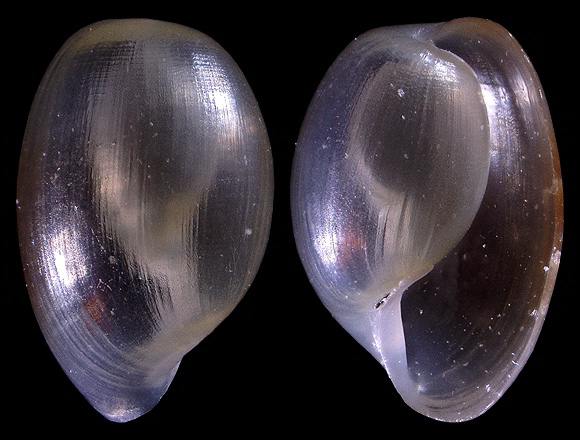
Basionym: Bulla navicula. Synonyms: cornea, folliculus.
Juvenile from 10-12m deep, on sand near Posidonia bushes, Vignola Bay, Marina di Davia, Corbara, NW. Corsica. 4,1mm. The spiral sculpture, always weak, is mainly visible near the shoulder; it is much more pronounced than in hydatis.
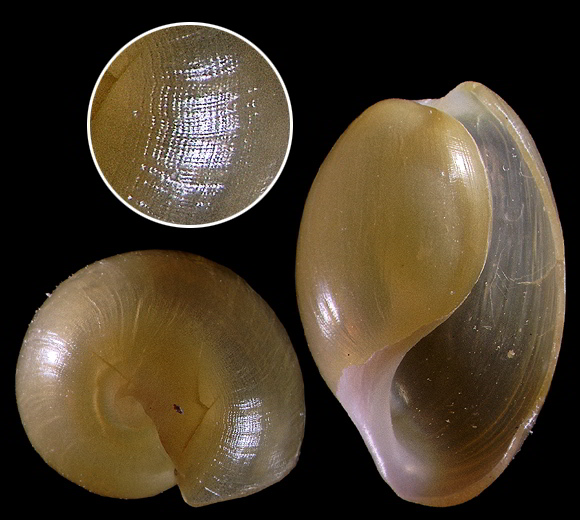
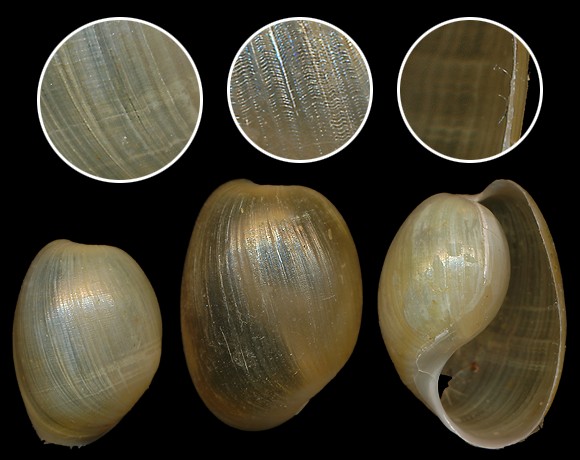
« This shell is oval, exactly of the shape of the egg of a wren or other small bird, and of the size
of a filberd [hazelnut]. It is extremely thin, very brittle, and transparent, but not pellucid or clear, being like water a little dirtied, not glossy, and near smooth,
having only some few slight longitudinal wrinkles, and extreme fine transverse striae, hardly perceivable. » – E. M. da Costa: Historia
naturalis testaceorum Britanniae, London 1778, p.28. – On sand, in 1
foot of water, entrance of Ayrolles lagoon, Gruissan, Occitania, S. France. 11-15mm.
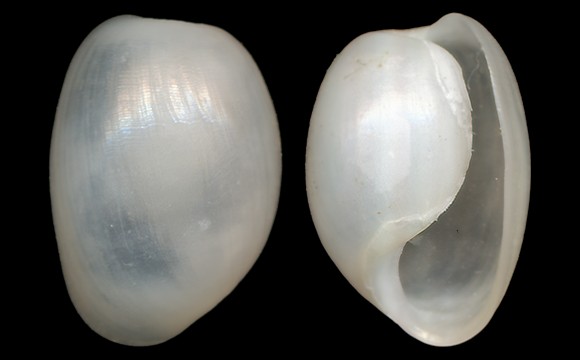
« It is very convex or swelled on all sides. The structure the same as the foregoing [Bulla lignaria], but does not narrow so much at one end. The body is large and swelled, and of consequence the aperture is not so wide. The aperture, on the upper part, does not rise much higher than the body, but is arched and entire; at the bottom it reaches somewhat lower, or beyond it. The outer lip is even; the inner and pillar lips the same, and have no glossy thick edge, as the foregoing. » – op. cit. p.29. A specimen from Venezia, NE. Italy. 6,5mm.
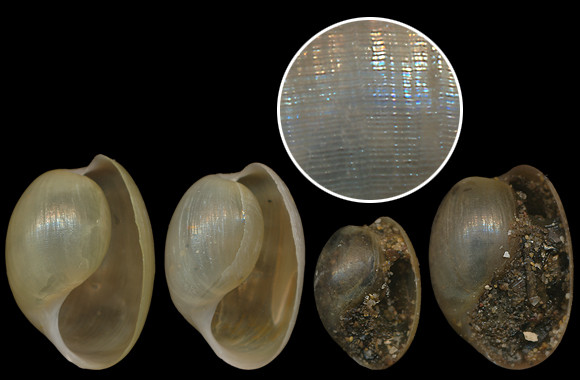
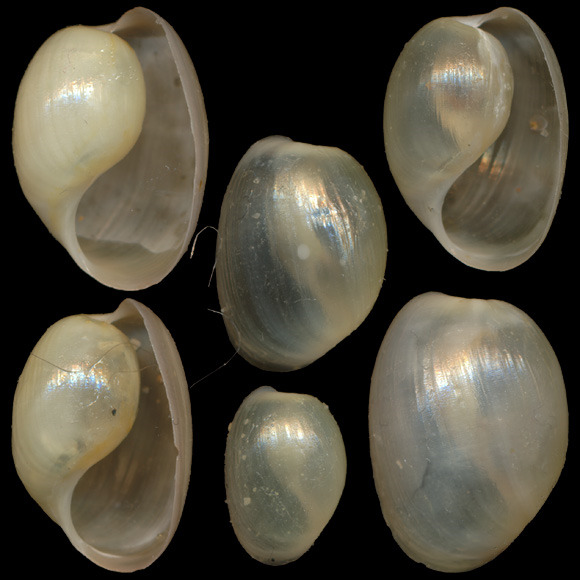
Same spot. 8-13mm.
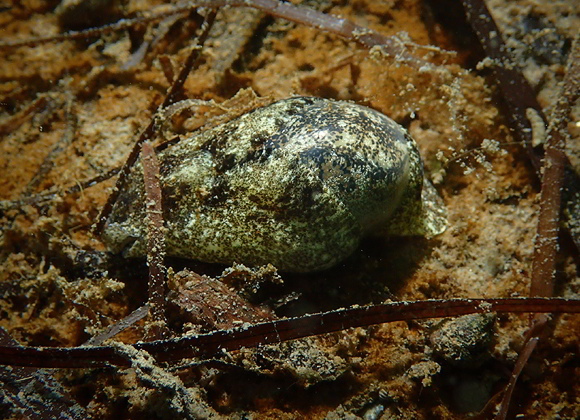
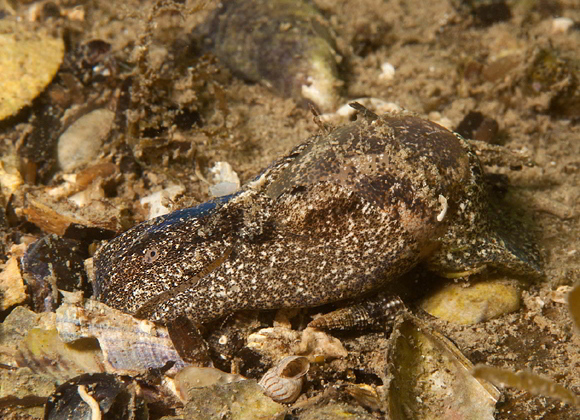
– (CC BY-NC) –
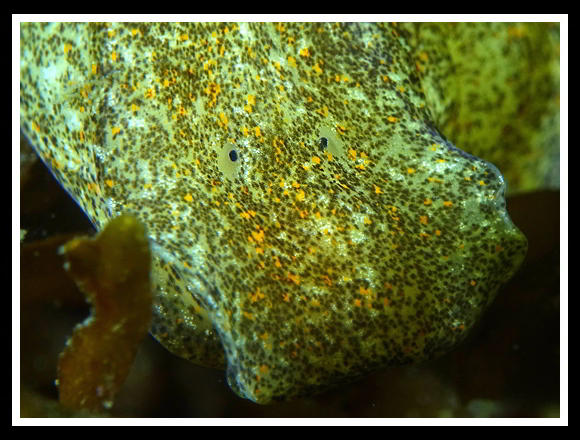
– (CC BY-NC) –